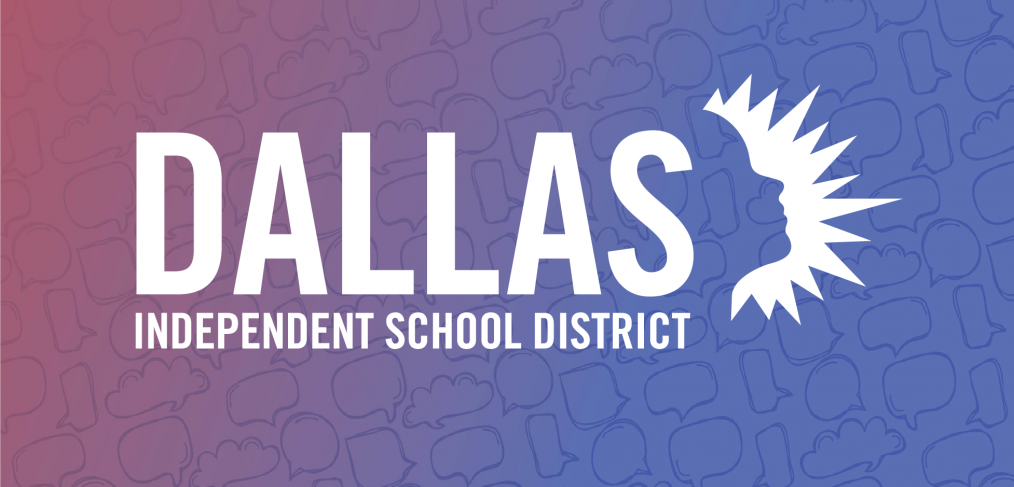Wilmer-Hutchins Elementary School teacher James Mims’ life calling is supporting marginalized communities, specifically students receiving special education services who are also English language learners.
Seeing that these students were often overlooked, Mims transitioned four years ago from a general education classroom to become a special education teacher helping English language learners.
“For me to have the skills and passion that I have, it was an easy change to make,” Mims said. “And I haven’t regretted it for one day ever since.”
To help support educators like Mims, Dallas ISD has partnered with Southern Methodist University for a $3 million endowment to provide a full scholarship for identified teachers to get their master’s degree in Special Education with an emphasis in Bilingualism or ESL and Foundational Literacy. The scholarship was created by Kathryne and the late Gene Bishop to support Dallas ISD teachers pursuing master’s degrees. The couple worked together as longtime supporters of children’s health and education, among other philanthropies.
Mims is in the first cohort of Bishop Scholars and is set to earn his master’s later this year. He calls the Bishop Scholars program a game changer.
“SMU designs their lessons to create real-world, practical scenarios that you can bring to the classroom,” he said. “It really is a degree designed for teachers. I’m incredibly thankful to Dallas ISD for providing me this opportunity.”
Dallas ISD Special Education Services and the Dual Language/ESL Departments worked with SMU to develop the curriculum. Dallas ISD is now recruiting eight K-5 teachers for the second cohort of Bishop Scholars program. The district has two upcoming information sessions for interested educators to learn more.
The information sessions are scheduled for Jan. 18 and Jan. 25 from 5:30–6:30 p.m. Educators can click here to register.
“This is an exciting opportunity for Dallas ISD educators who are passionate about helping kids,” said Michelle Brown, Dallas ISD executive director of Special Education.
Mims has seen the real-world impact the Bishop Scholars program is making. Using techniques he’s learned in the program, he’s had students go from failing to mastering the STAAR within a year, for example.
“To take these amazing research-based practices and apply them in my classroom and to see these students grow is an incredible feeling,” Mims said. “I feel like the students don’t know what they are capable of until someone brings it out of them. And at the end of the day, look at the data, and the data shows that this program works.”



 Longtime educator and Dallas ISD principal will now lead the district’s Science, Technology, Engineering and Mathematics Department as its new executive director. Michael J. Ruiz brings years of experience as a teacher, parent and campus leader to the role in addition to his experience outside education as a marketing professional at Microsoft.
Longtime educator and Dallas ISD principal will now lead the district’s Science, Technology, Engineering and Mathematics Department as its new executive director. Michael J. Ruiz brings years of experience as a teacher, parent and campus leader to the role in addition to his experience outside education as a marketing professional at Microsoft.






